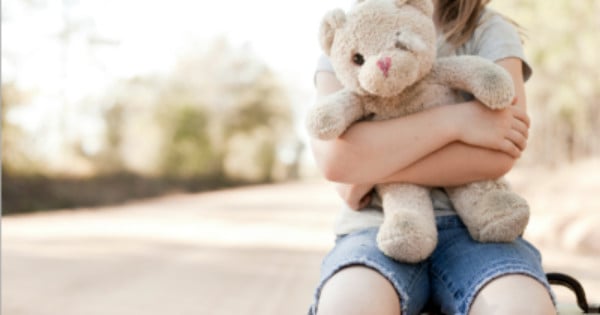
“I wish I could have known.”
It’s the line that all parents say when they find out their child was the victim of abuse. So often, it’s a person close to them, or at the very least, known to them – and still, they had no idea.
Abusers who prey on children often taken weeks, months, even years to lure them into a sense of security with their company. This is called ‘grooming’. And this week, a paper has been released by The Royal Commission into Institutional Responses to Child Sexual Abuse that is out to teach us all the warning signs.
‘Grooming’ is defined by the paper as “The use of a variety of manipulative and controlling techniques with a vulnerable subject … in order to establish trust or normalise sexually harmful behaviour.” But detecting these techniques and behaviours can be almost impossible, as they are generally extremely covert and deceptive. This, in itself, is one of the greatest issues when it comes to child abuse.
So, the Royal Commission is the first formalised study into the grooming process, providing parents, teachers, family, or anyone else who works with children ways to detect those who could pose a threat to the child’s safety.
Here are some of the most important findings.
It’s not just the child being groomed – it’s you, too.
In order to gain access to a child, an abuser must first manipulate the child’s caregivers to appear trustworthy. This may not just be in the lead up to the abuse, but also following the incident, in a bid to cover up what has happened.
The paper notes that just because your colleague, friend, or partner doesn’t seem like the type of person to abuse children, it doesn’t mean they won’t. In fact, they will often go to great lengths to ‘groom’ their peers as well to hide their attraction to children.




Top Comments
I used to work in this area and the most important thing for parents to know is that it is so rare for the perpetrator to be a random stranger. It's usually male relatives/family friends - step fathers, uncles, parents' friends. This is because their have your trust, so they know if your kid complains to you, you are less likely to believe them and more likely to accept predator's explanation that kid was mistaken/making things up.
No secrets in our family. That's what we teach our daughter. If anyone ever says or does anything and says 'don't tell anyone', that needs to be an alarm bell and she has to say no, even if it's as simple as offering her a chocolate. The only exception is for 'good surprises', like birthday gifts for family members. (She's old enough to know the difference.) Let's hope this strategy works. So awful what has happened to so many children who were abused by people they trusted. :(